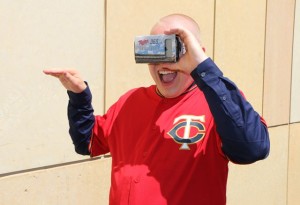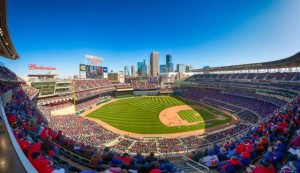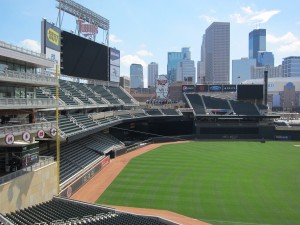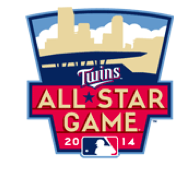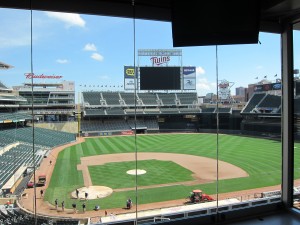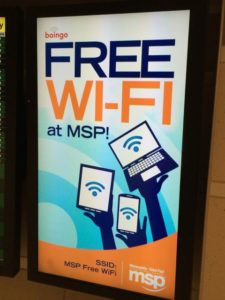
Great sight to see when you get off the plane in Minnesota.
After a short (~30 min.) light rail trip from the airport to downtown, we dumped our bags at the hotel and hoofed it over to Target Field, staying dry by cleverly using the city’s skywalk pathways. Once at the stadium it was just a short wait for the 3 p.m. tour to start, so we cruised the Twins’ gift store where the full-body Twins jammies made us think of cold September nights.
Tech you can and can’t see
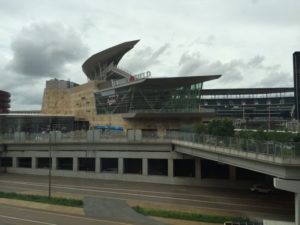
Target Field from a nearby walkway. Notice the freeway running underneath.
Rick started out our tour by informing us that the $600 million Target Field, which opened in 2010, has a whole lot of technology under the field, pipes that heat the field and carry water away from it; there’s no dirt on the playing field, just sand underneath a very thin covering of grass. Baseball capacity now is 38,868, Rick said, though on opening day the park had 40,000+ there. That’s great stuff, man, but what about the Wi-Fi? Though I couldn’t get a Wi-Fi signal outside the gates, once inside the network was clearly humming: As Rick took us through the press box, where there were Ethernet cords in front of each seat, I wondered how necessary those were with a reading of 59.26 Mbps down and 62.67 up as I sat in a front-row seat.
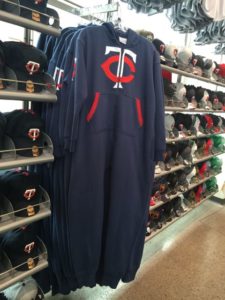
Twins jammies for those cold Minnesota nights.
Dealing with outside-the-park interference
One of the interesting things we learned in our profile of the park prior to the All Star Game was that since the stadium is right downtown, the Twins and the major carriers had to figure out how to keep macro antennas on buildings outside the ballpark from bleeding into the stadium’s DAS. According to another source we spoke with in Minnesota, this year was the first year that Target Field’s DAS didn’t need any more alterations; as you can see by one of pictures here of the Ford Center, which is across the street from the back side of Target Field, there’s a lot of RF on rooftops in the near vicinity.
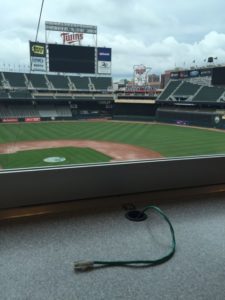
Inside the press box. Grandpa, what’s that cord for?
Though ideally we’d love to come back on a game day, from the looks of the physical placements we were able to see and the tests we took, it seems like both the cellular and Wi-Fi networks at Target Field are high performers, good news for Twins fans who need connectivity. And if you need to drown your sorrows or celebrate, there is also an in-stadium beer network, which supplies suds from main keg rooms through conduits that are definitely more tasty than copper or fiber. Prosit!
Credit all photos: Paul Kapustka, MSR
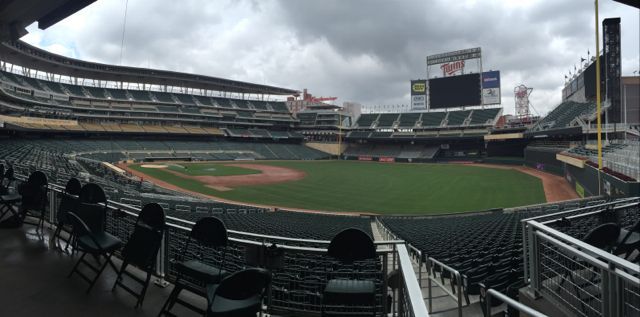
Target Field in panoramic view.
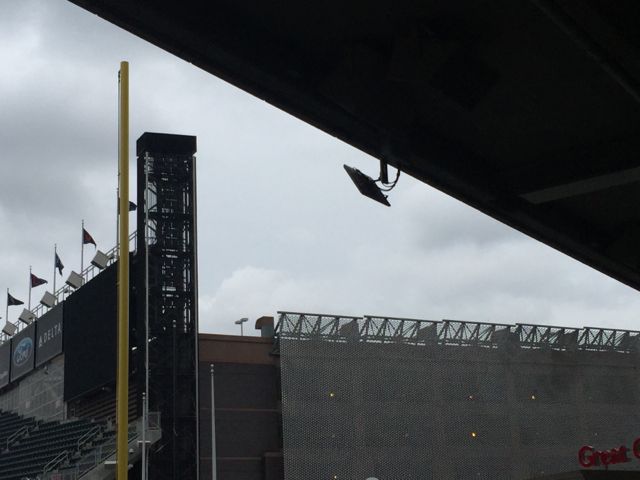
A silhouette of a Wi-Fi antenna. MSR geek art.
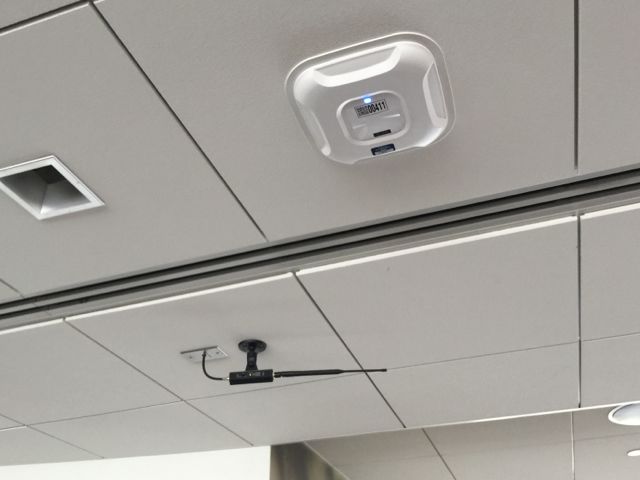
A Wi-Fi AP and some kind of gun antenna. Anyone know what that is?
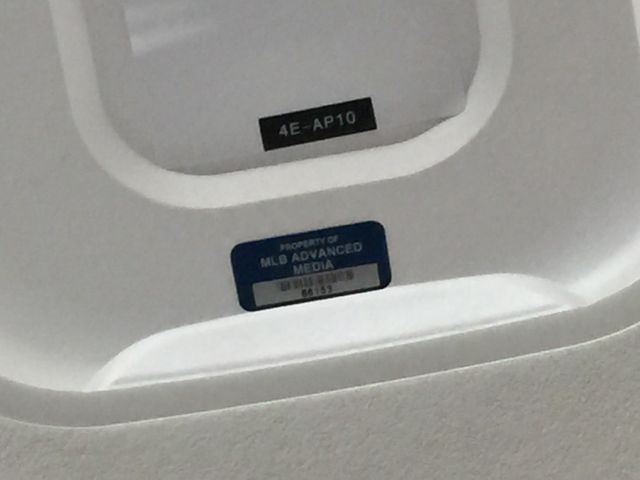
You bought it, you put your name on it.
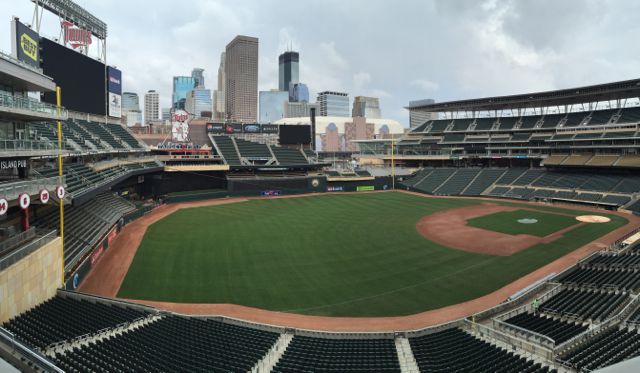
Another panoramic view, showing how close downtown is.
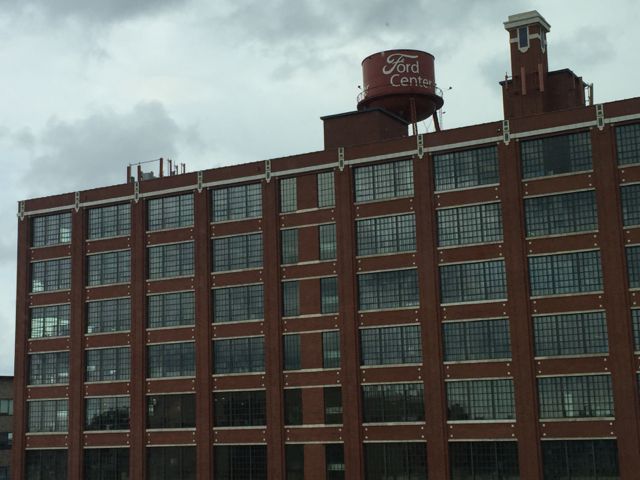
The Ford Center is across the street from the back of the park. We’re guessing those macro antennas on top had to be tuned to keep their signals from interfering.
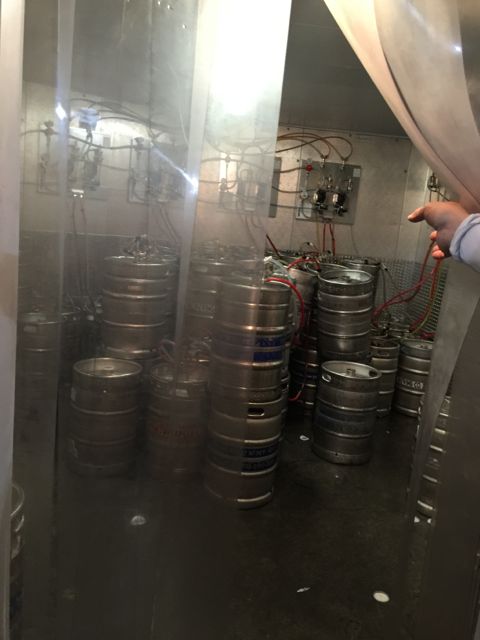
Not Wi-Fi, but a network worth building for thirsty fans.
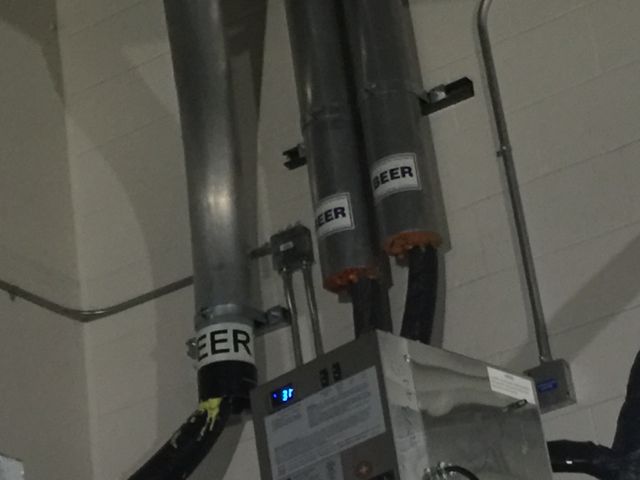
Anyone want to test download speeds of these pipes?
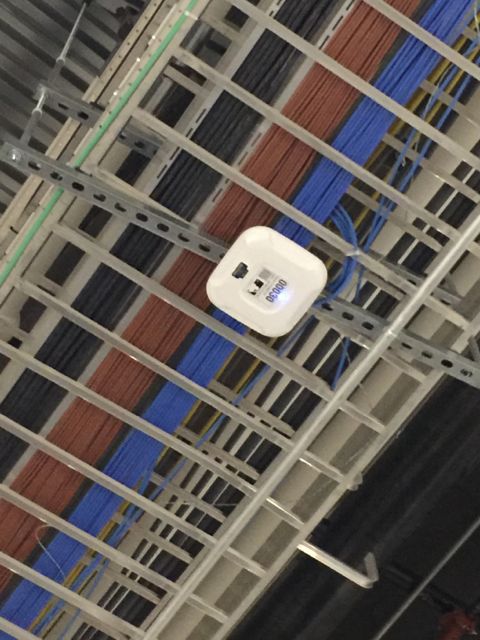
Great quote overheard in Minnesota: “It takes a lot of wire to make a park wireless.”
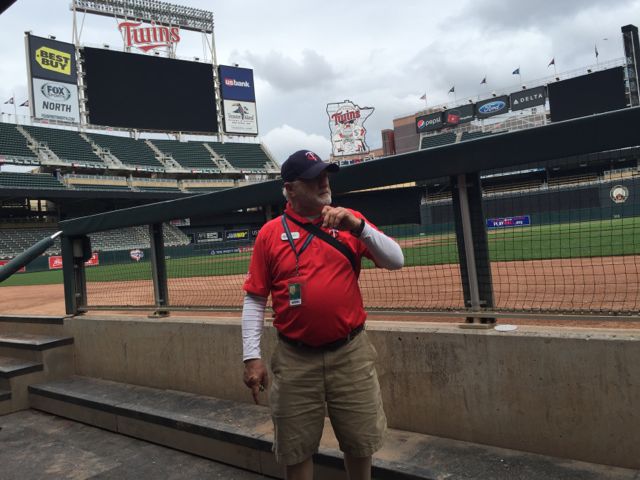
Tour guide Rick getting set to take his “team” out on the field. BUT NOT ON THE GRASS!
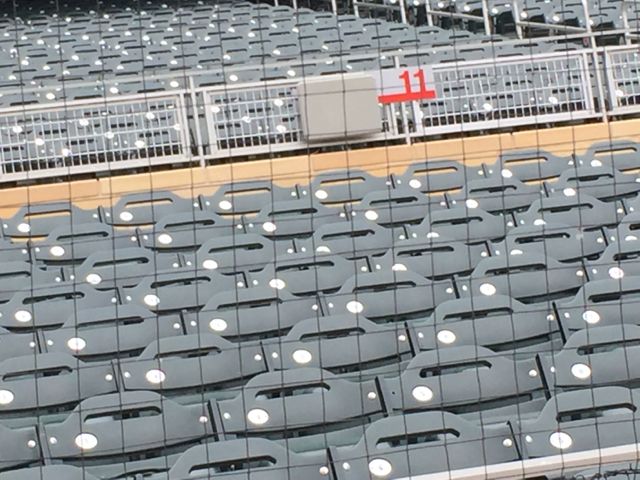
The railing APs that cover the field-level seats.
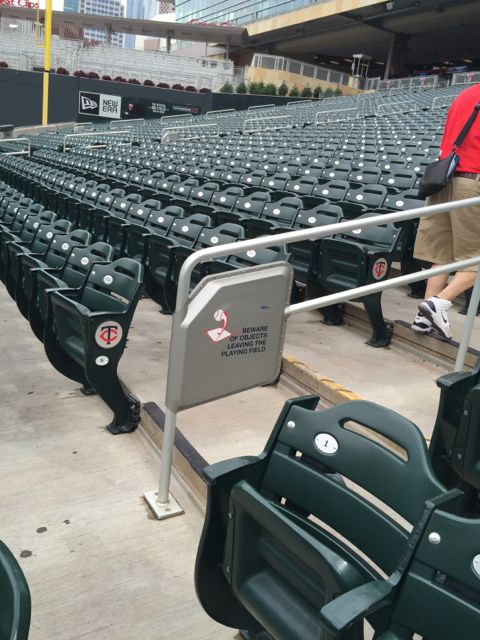
An AmpThink railing enclosure. Rick didn’t know what those were, but he does now.
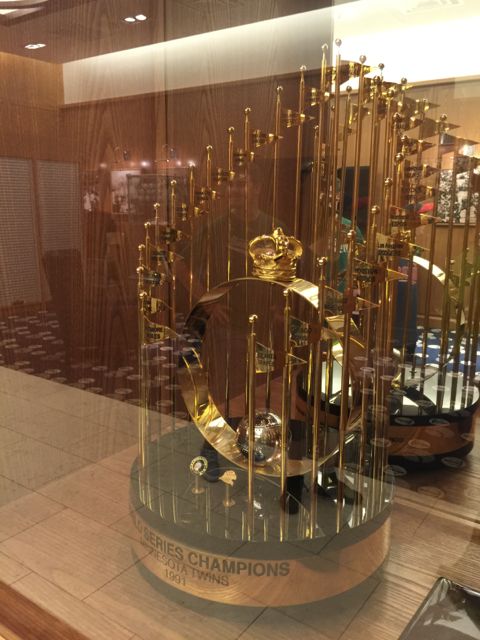
Nice hardware in the Twins’ high-rollers club area.
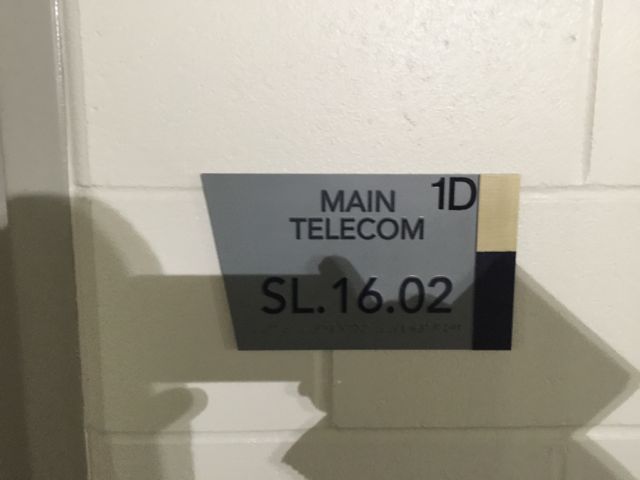
Our tour didn’t get to see inside, but we can guess what’s behind that door.
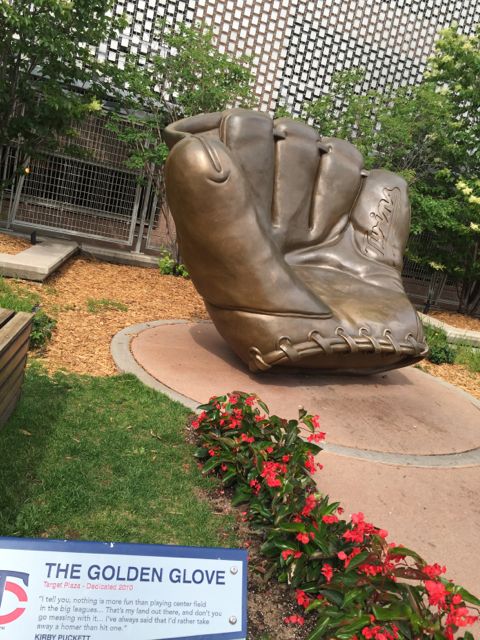
If you can hit one here, the Twins want to talk to you.
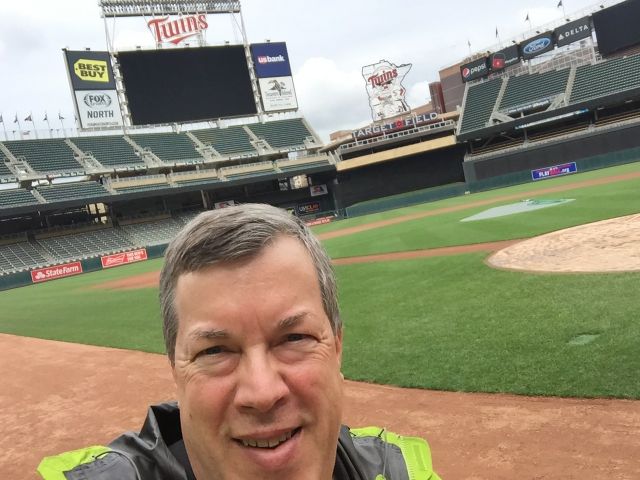
That’s about as close as MSR will ever get to being in “The Show.” Until next time!
